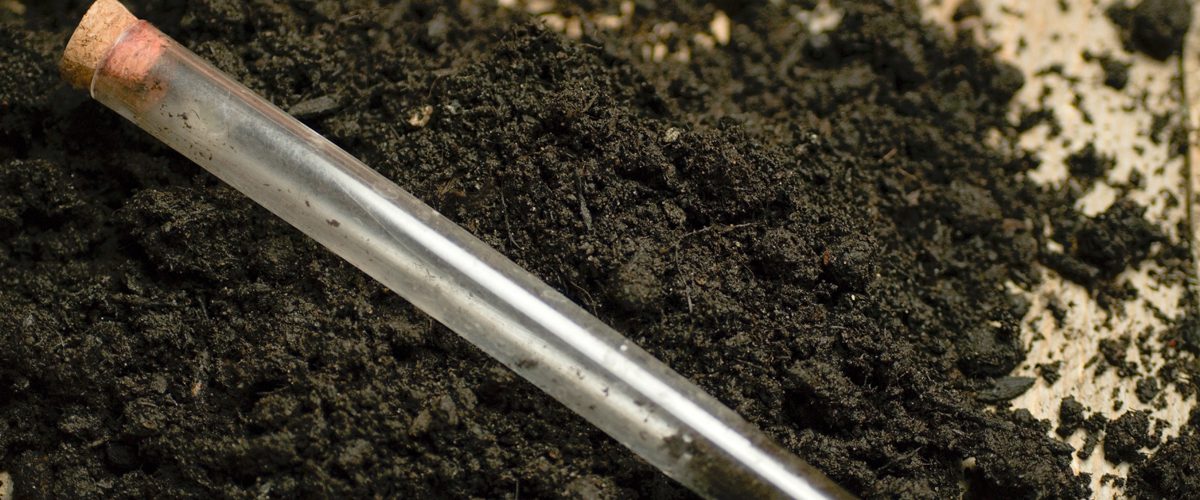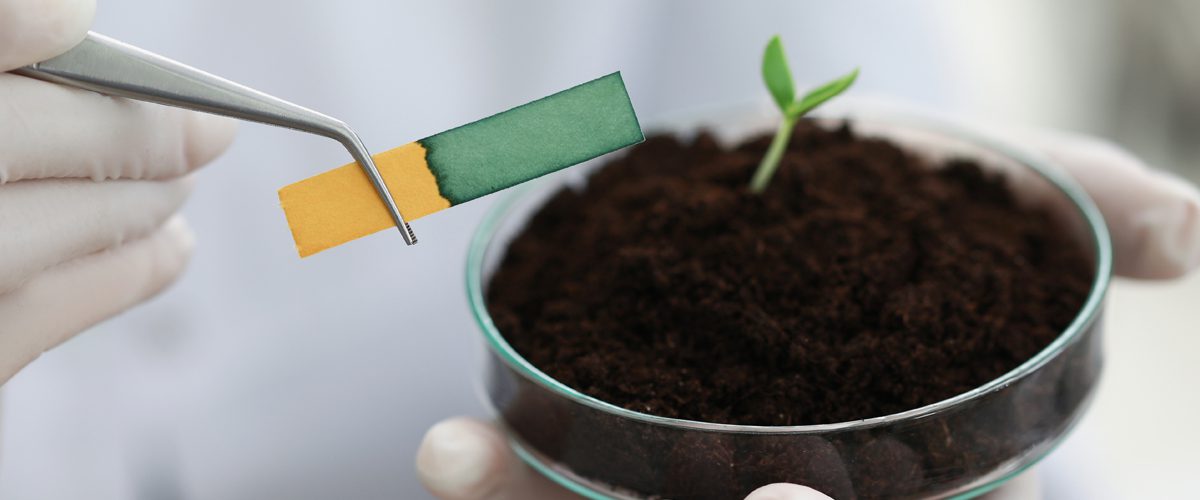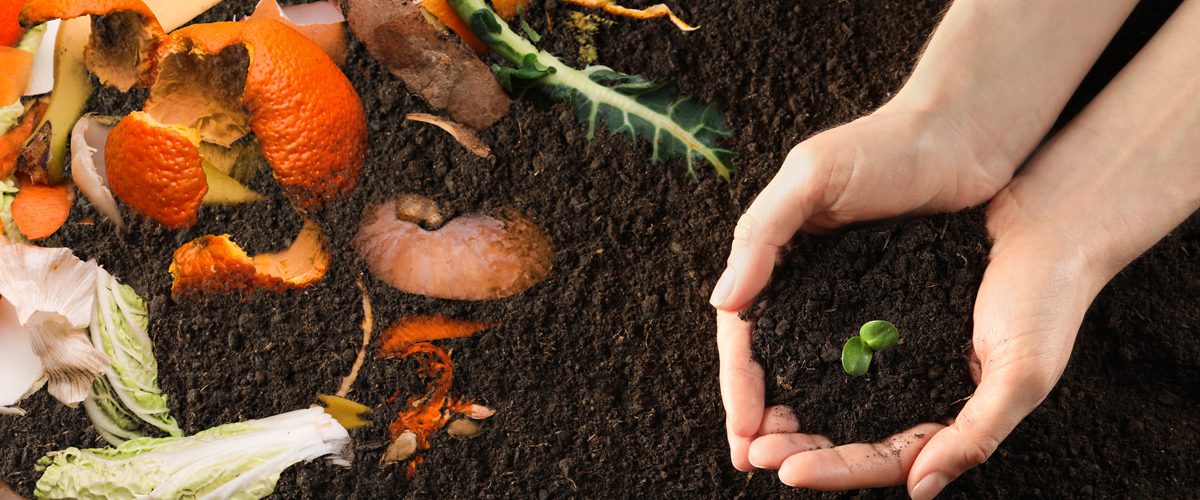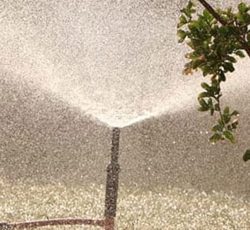
Soil health is one of the most important aspects of having a healthy lawn. A soil test can help you determine the pH level and nutrient levels in your soil, which will help you to make necessary adjustments and improve the overall health of your lawn. There are four simple tests that you can do at home to get a basic understanding of your soil’s health.
Indicators of Healthy Soil
There are a few common indicators of healthy soil. One of the most important is pH level. Soil that is too acidic or alkaline can be harmful to plants.
Another indicator is nutrient levels. Soil that is rich in nutrients will be beneficial to plants, while soil that is low in nutrients can lead to deficiencies.
The texture is also an important indicator of soil health. Soil that is light and fluffy will allow for good drainage and air circulation, which are both necessary for healthy plants.
Finally, organic matter content is a good indicator of soil health. Soil that contains high levels of organic matter will be rich in nutrients and beneficial microorganisms.
Indicators of Unhealthy Soil
There are also a few common indicators of unhealthy soil. One of the most obvious signs is the presence of weeds. If there are a lot of weeds in your yard, it’s likely that the soil is unhealthy and not providing the nutrients that plants need to thrive.
Another sign of unhealthy soil is patches of dead grass. If you see large patches of dead grass, it’s likely that the soil is either too acidic or alkaline or that it’s low in nutrients.
Soil that is compacted and hard will be difficult for plants to grow in, while soil that is too sandy will not retain water or nutrients.
Four Simple Soil Tests You’ll Want to Try
1. Soil pH Level Test
The first test you can do to determine the health of your soil is a simple pH level test. Your soil should fall between 6.0 and 7.5 on the pH scale, with 7.0 being neutral. If your soil falls below 6.0, it is considered acidic; above 7.5, it is considered alkaline. You can adjust your soil’s pH level by adding ground sulfur to the soil, which will lower the acidity and raise the pH.
What to do if your soil is acidic
Soil that is too acidic can be harmful to plants. You’ll want to add ground sulfur to the soil, which will lower the acidity and raise the pH.
What to do if your soil is considered alkaline
If your soil is alkaline, you’ll want to add powdered sulfur or aluminum sulfate to the soil. These products will lower the pH level and reduce the chances of nutrient burn in plants.

2. Soil Organic Matter Test
The second test you should try is a test for organic matter content in your soil. The results of this test can vary widely depending on many factors, including the type of soil you have. Try to get an average result for your area or ask a soil professional to help you if possible. Results should fall between 5-25%.
A high level of organic matter in your soil is a good indicator of healthy soil because organic matter improves drainage and nutrient retention and encourages the formation of beneficial microorganisms and insect populations.
How to increase organic matter
There are a couple of easy things you can do to increase organic matter content and improve the overall health of your soil. One is to add compost and/or manure to your soil before planting, as these products will naturally increase the amount of organic material in your soil. You can also till or spade your garden more often than once per year. This will disturb the soil and encourage the decomposition of organic matter, which will add to your existing levels.

3. Soil Nitrate Test
The third test is one for nitrates in the soil, which can indicate deficiencies in nitrogen. The amount of nitrates in your soil will vary depending on your soil type. The results of this test should be between 25-75 ppm (parts per million).
What to do if there is too much/not enough nitrate in your soil
High levels of nitrates in the soil can be harmful to plants, while low levels indicate that your plants may suffer from nitrogen deficiency. If your results come back too high, you can lay mulch, sawdust or wood chips over the soil. These materials will use higher amounts of nitrogen as they break down, thus reducing the amount in the soil.
If your results come back low, you can add compost or manure to the soil in order to increase the level of available nitrogen.
4. Soil Phosphate Test
The fourth and final test is one for phosphate levels in the soil. The results should fall between 0-20 ppm.
What do if there is too much/not enough phosphate in your soil
To reduce the amount of phosphorus in the soil, the first thing to do is eliminate excess fertilizers, which include organic composts and manures. If you do need organic nitrogen sources, use ones that are low in phosphorus such as blood meal.
If your results come back low, adding rich composted manure or phosphate-fertilizers will help increase the amounts.

If any of these tests show cause for concern, you should contact a soil professional for more help. In some cases, simple changes to your gardening habits can have a tremendous impact on the overall health of your yard. Adding amendments such as compost or organic fertilizer will help change the composition of your soil and improve its health. It is also a good idea to aerate compacted soil and reseed bare patches of grass.
So, whether your soil is too acidic, alkaline, has low organic matter or high levels of nitrates and phosphates, there are things you can do to improve its health. By testing your soil and taking corrective action where necessary, you can help ensure that your plants have the best possible chance for a healthy and productive year.



